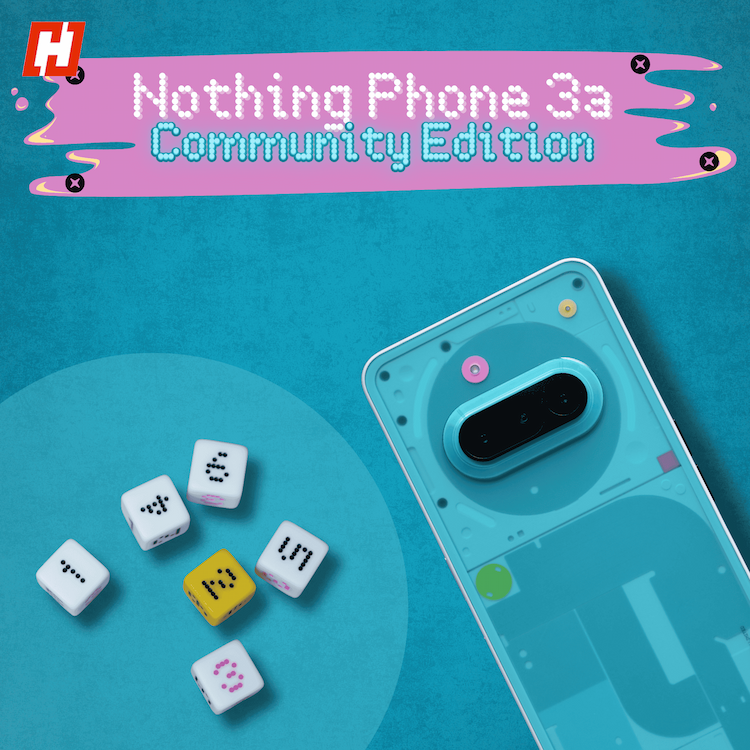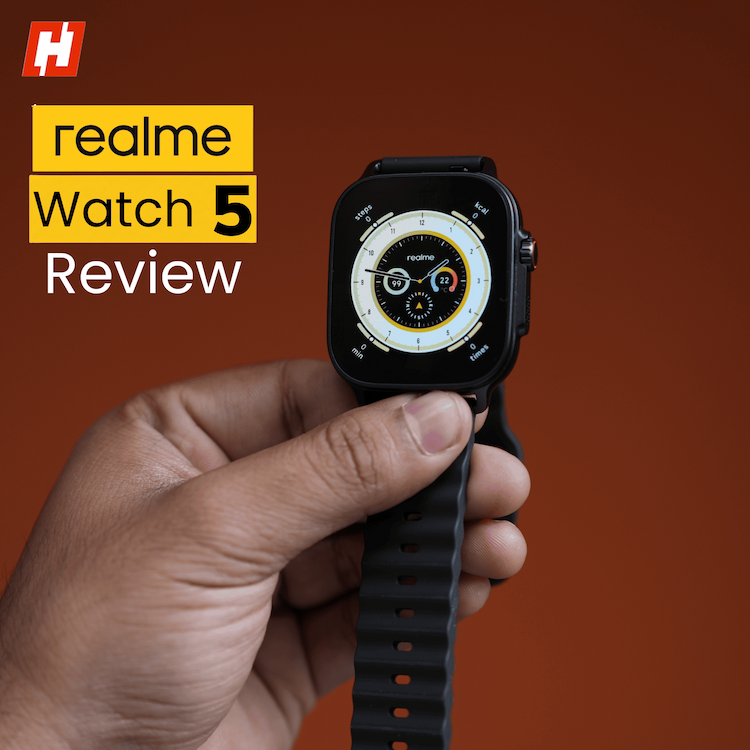The Realme GT 7 and iQOO Neo 10 are two of the most exciting contenders in the sub-₹40K space right now, and they’ve got plenty in common. Both pack massive 7000mAh batteries, blazing-fast 120W charging, Android 15, and vibrant 6.78-inch AMOLED displays. Daily performance and gaming also feel neck and neck, making them solid picks for power users.
But once you look beyond the spec sheet, the differences become clearer. The GT 7, priced at ₹39,999, offers a more premium build with IP69 protection and delivers stronger benchmark scores, especially in GPU-heavy tasks. On the other hand, the Neo 10, which comes in at a more affordable ₹31,999, delivers a brighter and more visually appealing display, cleaner camera output, and a design that feels sleek yet rugged.
So which one gives you the most for your money? Time to break it down and see who comes out on top.
iQOO Neo 10 vs Realme GT 7: Performance
Under the hood, the Realme GT 7 runs on the Dimensity 9400e chipset, paired with 12GB of LPDDR5X RAM and up to 512GB of UFS 4.0 storage. The iQOO Neo 10, on the other hand, is armed with the Snapdragon 8s Gen 4, up to 16GB of LPDDR5X Ultra RAM, and slightly faster UFS 4.1 storage. On spec sheets, the Neo 10 seems like the more powerful device.
But benchmarks say otherwise. Both phones scored over 2 million on AnTuTu, but the GT 7 edged ahead by around 4%. In GPU-heavy tests like 3DMark’s Wild Life Extreme, the GT 7 dominated with nearly 60% better performance. Even storage read-write speeds were about 13% faster on the GT 7, despite technically slower storage.
That said, in everyday use, you’d hardly notice the difference. Both phones are snappy, launch apps quickly, and handle multitasking without breaking a sweat. Gaming is just as tight — we got an average of 118.5fps on both phones in BGMI, with respectable minimums of 93fps on the Neo 10 and 96fps on the GT 7. Interestingly, we couldn’t hit the promised 144fps on the Neo 10, no matter what settings we tried. iQOO’s yet to respond on that.
Thermal performance is also solid. Realme added a graphene cooling layer, but after 30 minutes of Call of Duty Mobile, both phones levelled off at around 38°C — so nothing to worry about there.
On the software front, both run Android 15 out of the box. The GT 7 comes with Realme UI 6, which felt slightly quicker but has more pre-installed apps. The Neo 10 runs Funtouch OS 15, which is cleaner overall. Both phones offer basic AI features, but Realme throws in a few extras like an AI Planner and Gaming Coach. As for updates, you’re covered with 3 years of Android versions and 4 years of security patches on both.
iQOO Neo 10 vs Realme GT 7: Design
Both the Realme GT 7 and iQOO Neo 10 come with plastic backs, but neither feels cheap or flimsy. In fact, they both feel surprisingly solid in the hand. The GT 7 leans more towards a refined, polished feel, while the Neo 10 goes for a bulkier, more rugged vibe — almost like it’s made to take a few hits without fuss.
The unit I tested for the GT 7 came in this cool IceSense Blue finish, which really stands out. What adds to the flair is the bold red power button and matching red accents around the camera module. It’s those little design touches that give it a distinctive look. That said, I found myself preferring the Neo 10’s Titanium Chrome finish. It’s clean, subtle, and stylish — the kind of design that doesn’t scream for attention but still looks premium.
In terms of durability, though, the GT 7 clearly has the upper hand. It boasts IP69 water and dust resistance, plus Gorilla Glass 7i on the front. The Neo 10, while still fairly durable, comes with a lower IP65 rating and uses Schott’s Xensation Up glass instead — which is solid, but not quite at the same level.
Overall, the GT 7 feels sleeker and more durable, but the Neo 10’s understated style and sturdy build do have their own charm.
iQOO Neo 10 vs Realme GT 7: Displays
Both the Realme GT 7 and iQOO Neo 10 feature 6.78-inch 1.5K AMOLED displays with slim bezels and fast in-display fingerprint scanners. They’re sharp, vibrant, and feel great to use. The GT 7 offers a smooth 120Hz refresh rate across the board, while the Neo 10 bumps it up to 144Hz — though it only kicks in for select apps and games.
On paper, the GT 7 sounds more impressive with Dolby Vision, HDR10+ support, and a whopping 6000-nit peak brightness. The Neo 10, by comparison, peaks at 5500 nits. But when I actually watched a 4K60 HDR video on YouTube, the Neo 10’s display looked noticeably better. It was more vibrant and punchier, thanks to its higher 2000-nit High Brightness Mode, compared to 1600 nits on the GT 7.
So while the specs favour Realme, in real-world use, iQOO’s panel ends up stealing the spotlight.
iQOO Neo 10 vs Realme GT 7: Cameras
Both phones bring solid camera setups to the table, with the iQOO Neo 10 packing a 50MP Sony main sensor with OIS and an 8MP ultrawide, while the Realme GT 7 adds a 50MP 2x telephoto on top of its 50MP main and 8MP ultrawide. On paper, the GT 7 clearly has the more versatile setup.
In daylight, both shoot crisp and vibrant images, but I found the Neo 10’s shots to have a bit more punch and contrast. Low light is where it really surprised me — colours looked more balanced and true-to-life, while the GT 7’s results felt slightly washed out. Ultrawide shots on both are decent and usable, but nothing to write home about.
Despite its telephoto lens, I preferred portraits from the Neo 10. They looked more natural and less processed. As for video, the GT 7 flexes with 8K at 30fps and 4K at 120fps, while the Neo 10 tops out at 4K60. But 8K eats up a ton of storage and has weaker stabilisation, so for most people, the Neo 10’s video output will be just fine — and actually looked more stable in my testing.
Selfies, though, are a win for the GT 7. It handled skin tones better, while the Neo 10 added a reddish tint even in good lighting.
Overall, both phones are capable shooters, but if you value natural colours and solid low-light performance, the Neo 10 gets the edge. GT 7, meanwhile, wins for video and selfies.
iQOO Neo 10 vs Realme GT 7: Battery
Battery life is excellent on both the GT 7 and Neo 10, thanks to their massive 7000mAh cells. I consistently got a full day of heavy use, and occasionally even two. Charging is equally speedy with 120W support on both. The GT 7 reaches 50% in around 15 minutes, while the Neo 10 takes about 20. A full top-up takes roughly 35 minutes on the Neo 10 and 40 minutes on the GT 7. So whether it’s longevity or charging speed, both phones are evenly matched and won’t let you down.
iQOO Neo 10 vs Realme GT 7: Verdict
Both the Realme GT 7 and iQOO Neo 10 are impressive picks in the sub-₹40K space, and honestly, you can’t go wrong with either. The GT 7 definitely feels more premium with its sleeker design, IP69 rating, and slightly snappier UI. It also edges ahead in benchmarks and video capabilities.
But if I had to choose, I’d go with the Neo 10. Despite trailing on specs, it delivers the same day-to-day and gaming performance. Its brighter display and more natural camera output won me over, and at ₹31,999, it undercuts the GT 7 by quite a bit. That makes it the better value overall.





